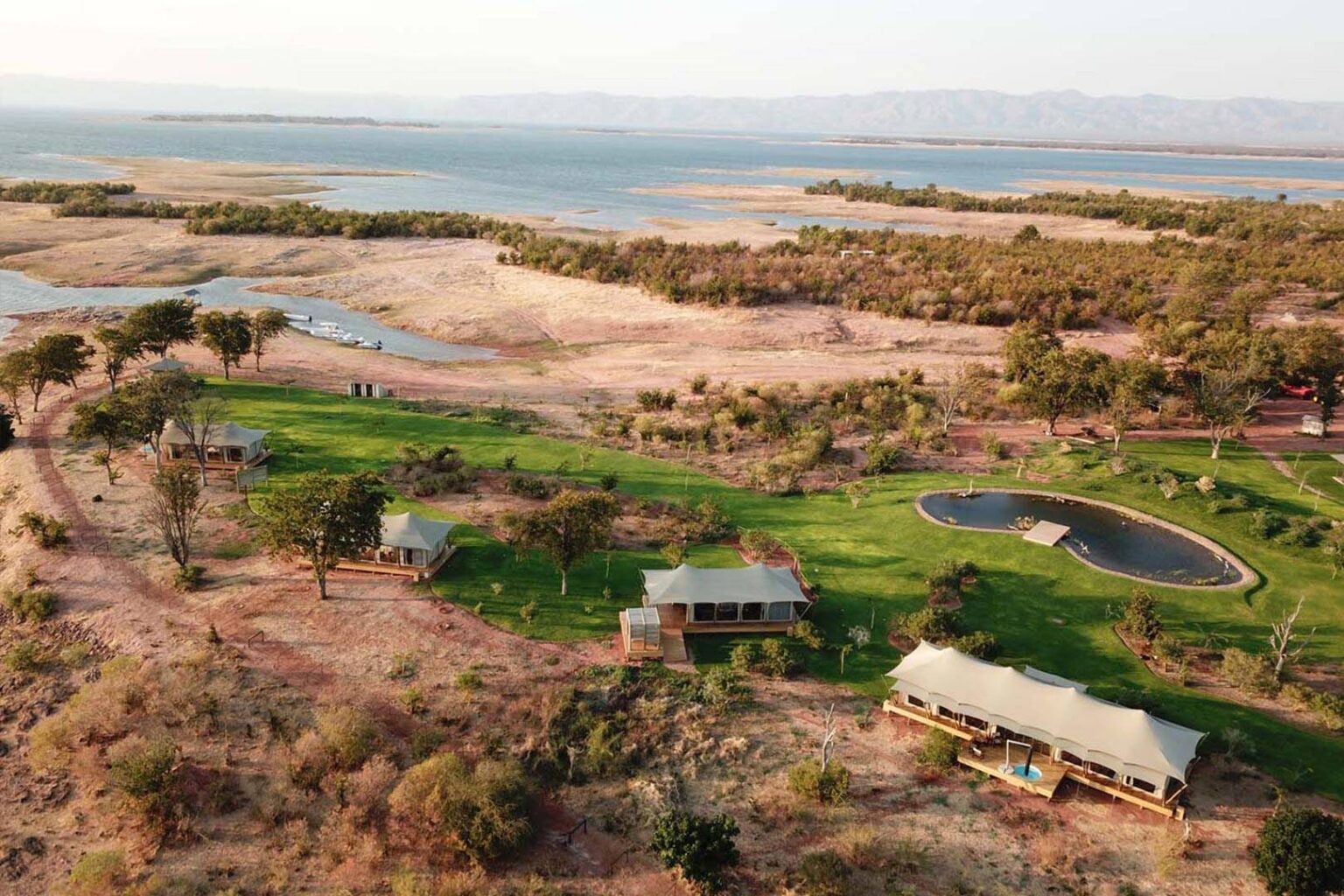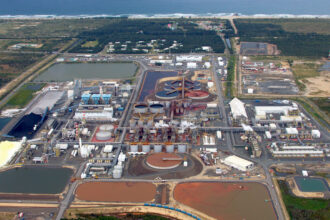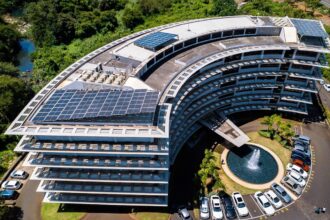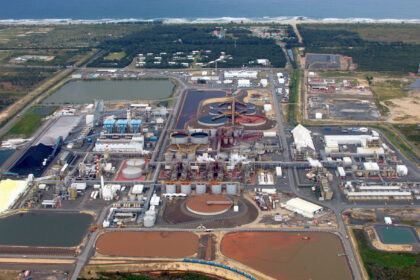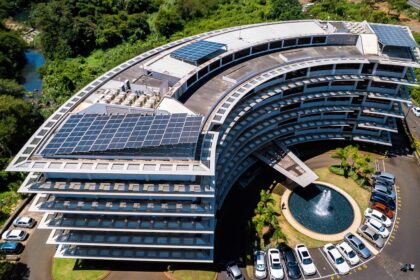At a Glance
- Matusadona National Park tourism revenue surges over 1,300% under African Parks management.
- Zimbabwe’s Big Five safari destination gains momentum with black rhino reintroduction plans.
- Eco-tourism growth in Zimbabwe balances conservation, community, and sustainable development goals.
Zimbabwe’s Matusadona National Park is staging a quiet yet powerful comeback. Perched along the scenic shores of Lake Kariba, the 107,000-hectare reserve is transforming into a low-density, world-class eco-tourism destination under a pioneering co-management partnership between African Parks and the Zimbabwe Parks and Wildlife Management Authority.
Since the 2019 agreement, the park has witnessed a dramatic reduction in elephant poaching, revitalization of wildlife corridors, and a growing harmony between conservation and local communities.
Revenue from tourism has surged more than 1,300 percent, according to park officials.
“Matusadona has experienced an impressive revival under African Parks with improved anti-poaching measures, ecosystem restoration, and the reintroduction of key species,” said Matthys van Aswegen, Senior Travel Consultant at Discover Africa.
Black rhino reintroduction, big five sightings signal a comeback
The park’s rewilding efforts have brought back iconic species such as eland, sable, and buffalo. Plans are underway to reintroduce black rhinos by 2026, marking a major milestone in African conservation. Today, elephants roam freely, lions are frequently spotted, and leopards are increasingly visible along the lakefront.
“At least three of the Big Five are regularly seen here,” said Gavin Rennie, GM of Sales and Marketing at Zambezi Cruises & Safaris. “Matusadona is well on its way to becoming a world-class safari destination.”
Nestled between floodplains, dense bushveld, and a 600-meter escarpment, Matusadona offers one of Zimbabwe’s most diverse natural habitats. It is gaining popularity among experienced safari-goers seeking raw, unspoiled wilderness far from overcrowded routes.
Eco-tourism with community at its core
Despite the growth, park officials remain committed to a low-impact tourism model centered on conservation and community development. According to Park Manager Mike Pelham, future projects—including road upgrades and improved air and lake access—will prioritize environmental sustainability.
“We’re keeping it wild,” said Pelham. “Our vision is rooted in putting conservation and communities first. Every development, from guided hikes to community-led tourism initiatives, is driven by that mission.”
Scheduled flights from Harare and Victoria Falls, plus new ferry services on Lake Kariba, are set to improve access while maintaining the park’s exclusive feel.
Current accommodation offerings span rustic bush camps, campsites, and luxury lodges, with plans for a few more carefully selected wilderness sites.
A strategic alternative to overcrowded safari parks
As over-tourism strains iconic destinations like the Serengeti and Maasai Mara, Matusadona is being positioned as a critical release valve for Africa’s growing safari demand.
“Matusadona and other hidden gems are essential in preserving Africa’s biodiversity,” said Pelham. “By spotlighting lesser-known parks, we not only spread the tourism load but also increase protection across more regions and unlock broader economic benefits for surrounding communities.”
The resurgence of Matusadona underscores a broader shift in African tourism—one where exclusivity, environmental responsibility, and authentic community engagement redefine the safari experience.

